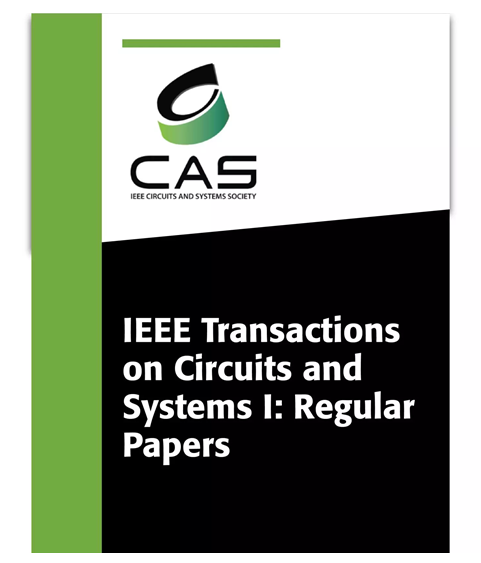具有2.93 μJ/周能量效率和0.068%周期抖动的180nm CMOS双斜率增强弛豫振荡器
IF 5.2
1区 工程技术
Q1 ENGINEERING, ELECTRICAL & ELECTRONIC
IEEE Transactions on Circuits and Systems I: Regular Papers
Pub Date : 2025-04-14
DOI:10.1109/TCSI.2025.3557560
引用次数: 0
摘要
本文提出了一种用于超低功耗物联网(IoT)应用的2MHz弛豫振荡器。采用双斜率升压的动态比较器(DSB)减小了输出振荡频率的抖动。采用级联浮动逆变器放大器(FIA)反馈回路,1)显著降低了对比较器速度的要求,2)进一步降低了放大器的功耗。本文提出的弛豫振荡器采用180nm CMOS工艺制作,其有效面积仅为0.1mm2。8个样品的测量结果表明,在室温下,在1V电源电压下,平均功耗为$2.93\mu $ J/周期($\mu $ W/MHz)。周期抖动的平均标准变化为345ps,为500ns典型振荡周期($T_{\ mathm {OSC}}$)的0.068%。测得的温度系数在0 ~ 90℃范围内为128ppm/°C,电压在0.95V ~ 1.15V范围内变化0.74%/0.1V。它在10kHz偏置频率下具有148dBc/Hz的高相位噪声优值。本文章由计算机程序翻译,如有差异,请以英文原文为准。
A Dual Slope Boosted Relaxation Oscillator With 2.93 μJ/Cycle Energy Efficiency and 0.068% Period Jitter in 180 nm CMOS
This paper presents a 2MHz relaxation oscillator designed for ultra-low power internet-of-things (IoT) applications. Dynamic comparator with dual slope booster (DSB) is utilized to decrease the output jitter of oscillating frequency. A feedback loop with cascaded floating inverter amplifier (FIA) is adopted such that 1) the requirement of comparator speed is significantly alleviated and 2) the power consumption of the amplifier is further reduced. The proposed relaxation oscillator was fabricated in a 180nm CMOS process and occupies only 0.1mm2 active area. The measurement results with 8 samples show that the average power consumption is $2.93\mu $ J/cycle ( $\mu $ W/MHz) at 1V supply voltage at room temperature. The average standard variation of the period jitter is 345ps, which is 0.068% of 500ns typical oscillation period ( $T_{\mathrm {OSC}}$ ). The measured temperature coefficient is 128ppm/°C within the 0 to 90°C range, and the voltage variation is 0.74%/0.1V from 0.95V to 1.15V. It scores a high phase noise figure-of-merit of 148dBc/Hz at 10kHz offset frequency.
求助全文
通过发布文献求助,成功后即可免费获取论文全文。
去求助
来源期刊
CiteScore
9.80
自引率
11.80%
发文量
441
审稿时长
2 months
期刊介绍:
TCAS I publishes regular papers in the field specified by the theory, analysis, design, and practical implementations of circuits, and the application of circuit techniques to systems and to signal processing. Included is the whole spectrum from basic scientific theory to industrial applications. The field of interest covered includes: - Circuits: Analog, Digital and Mixed Signal Circuits and Systems - Nonlinear Circuits and Systems, Integrated Sensors, MEMS and Systems on Chip, Nanoscale Circuits and Systems, Optoelectronic - Circuits and Systems, Power Electronics and Systems - Software for Analog-and-Logic Circuits and Systems - Control aspects of Circuits and Systems.

 求助内容:
求助内容: 应助结果提醒方式:
应助结果提醒方式:


